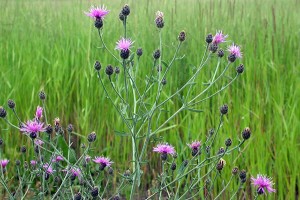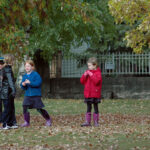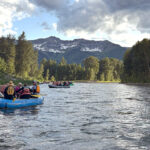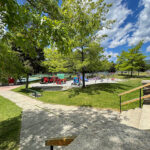Home »

Regional invasive plant battle gets ammo
The East Kootenay will be receiving about 13% of a $1.72 million provincial government funding allotment designed to held fight invasive plants.
 The Ministry of Forests, Lands and Natural Resource Operations announced this morning that the East Kootenay Invasive Plant Council will be receiving $206,300 and the Regional District of East Kootenay $23,000 to help control the spread of invasive plants. The Invasive Species Council of British Columbia is also getting $213,000, with the rest of the $1,720,000 in funding being spread throughout the rest of the province.
The Ministry of Forests, Lands and Natural Resource Operations announced this morning that the East Kootenay Invasive Plant Council will be receiving $206,300 and the Regional District of East Kootenay $23,000 to help control the spread of invasive plants. The Invasive Species Council of British Columbia is also getting $213,000, with the rest of the $1,720,000 in funding being spread throughout the rest of the province.
Forests, Lands and Natural Resource Operations Minister Steve Thomson and Parliamentary Secretary Donna Barnett announced today that a total of 31 grants will be given to regional invasive species committees and local governments to support efforts and the goals of the provincial Invasive Plant Program.

Invasive plants are species that have been introduced into British Columbia from other areas. They displace native vegetation, can cause significant economic and environmental damage, and may pose health risks to people and animals. Invasive plants can disrupt natural ecosystems, reduce biodiversity, increase soil erosion, alter soil chemistry and adversely affect commercial crops.
The Invasive Species Council of B.C., regional invasive species committees, local governments, government ministries and other stakeholders work together to raise awareness of invasive plant concerns, identify and map invasive plant populations, and treat high-priority sites to control the spread of these harmful plants.
Kootenay East MLA Bill Bennett said he was happy to hear about the funding for the regional organizations.
“Invasive plants, noxious weeds – whatever you know them by, they are a serious threat to our environment and economy. Controlling them takes a big effort and I’m proud that our government is doing its part,” he said.
“The 2016 invasive plant grant program represents our government’s ongoing commitment to the control or eradication of harmful invasive plants in British Columbia. This funding supports the great work being done by local governments and regional weed committees to help protect landscape values and our ranching and agriculture industries,” Thomson said.
“Many people who live in rural areas of B.C. depend on ranching, agriculture and the natural resource sector for their economic well-being. The control of harmful invasive plants is a crucial part of our government’s support for those industries, and the grants announced today represent a significant investment in these communities,” said Barnett, MLA for Cariboo-Chilcotin.
Regional invasive species committees are non-profit societies that provide a forum for land managers and other stakeholders to co-ordinate invasive plant treatments and participate in outreach and educational opportunities. There are currently 13 regional invasive species committees in B.C.
Currently, some of the targeted invasive plant species in B.C. are marsh plume thistle, European common reed, garlic mustard, knotweed, Spartina, orange and yellow (non-native) hawkweeds, knapweed, giant hogweed, blueweed, common tansy, tansy ragwort, hoary alyssum, field scabious, leafy spurge, purple loosestrife, yellow flag iris, Himalayan balsam and Scotch broom.
Lead image: Summer students working near Canal Flats last summer. EKIPC image
e-KNOW







